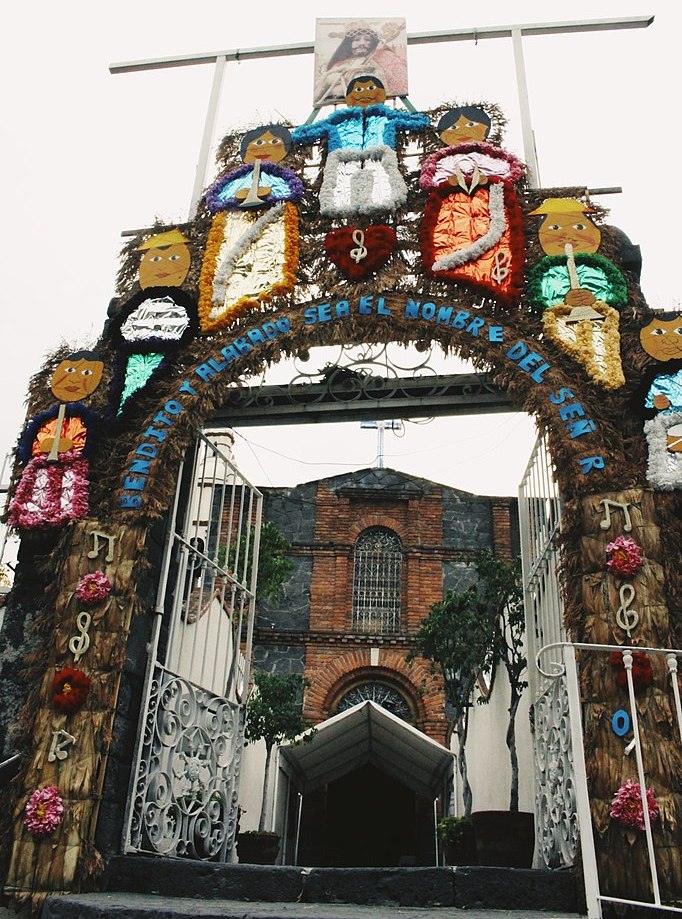
Santa Úrsula Coapa is a small town lost, not in the encroaching urban development, but in the shadow of a shopping center. Something like nine out ten Mexico City residents will likely associate “Coapa” with the Galerías Coapa, rather than with the old town.
But Santa Ursula Coapa actually begins with ancient town of Coapatl. The Nahuatl name could be translated as “river of serpents.” There is evidence of settlement from the Cuicuilco period. But the ancient town, as the church façade shows, is built of and upon the volcanic rock that smothered the Cuicuilco culture in the third century C.E.
During the colonial period, the settlement came under the patronage of Santa Ursula Virgin and Martyr. During the 18th century, the town came under the influence of the giant and powerful Hacienda de Coapa. The hacienda was a favorite of the Spanish Crown, and many of the neighborhoods in the area bear its name even today. These show the territorial extension of the hacienda that seemed to only grow more powerful.
The temple of Santa Ursula was built originally in the 17th century, likely as a small chapel. Although it grew into a church, it is noted as having come under severe pressure during the Reform period.
The façade we see today is likely from the late 19th century. An inscription in the keystone above the door reads “1957.” But the iron window frame above is dated to 1913. The belltower dates from the 18th century. The graveyard outside is largely intact.
The town is today in the shadow of the Estadio Azteca. It’s construction and opening in 1966 altered the town forever. But for those on a hike, a trip north from the stadium to the narrow cobblestone alleys of Santa Úrsula Coapa are richly rewarded.
The town is home to more than 500 trees. And though there are places where two cars may not pass one another, it is one of the seven original villages of Coyoacán. The El Vergel stop on the Xochimilco light rail is just south of the church.
 +525556177535
+525556177535
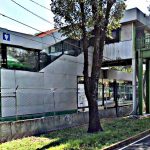
Nearest at 0.18 kms.
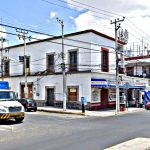
Nearest at 0.46 kms.

Nearest at 0.49 kms.
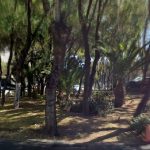
An all but forgotten island of the ancient Texcoco Lake . . .
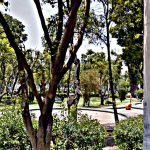
A charming neighborhood park in Tlalpan . . .
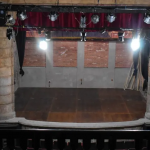
An exceptional mini-theater district in the heart of Churubusco . . .

A 24-hour flower market in a busy corner of Tlalpan's hospital district . . .
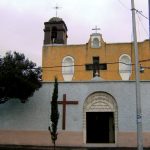
A tiny chapel recalls the long history of the Colonia Tránsito . . .